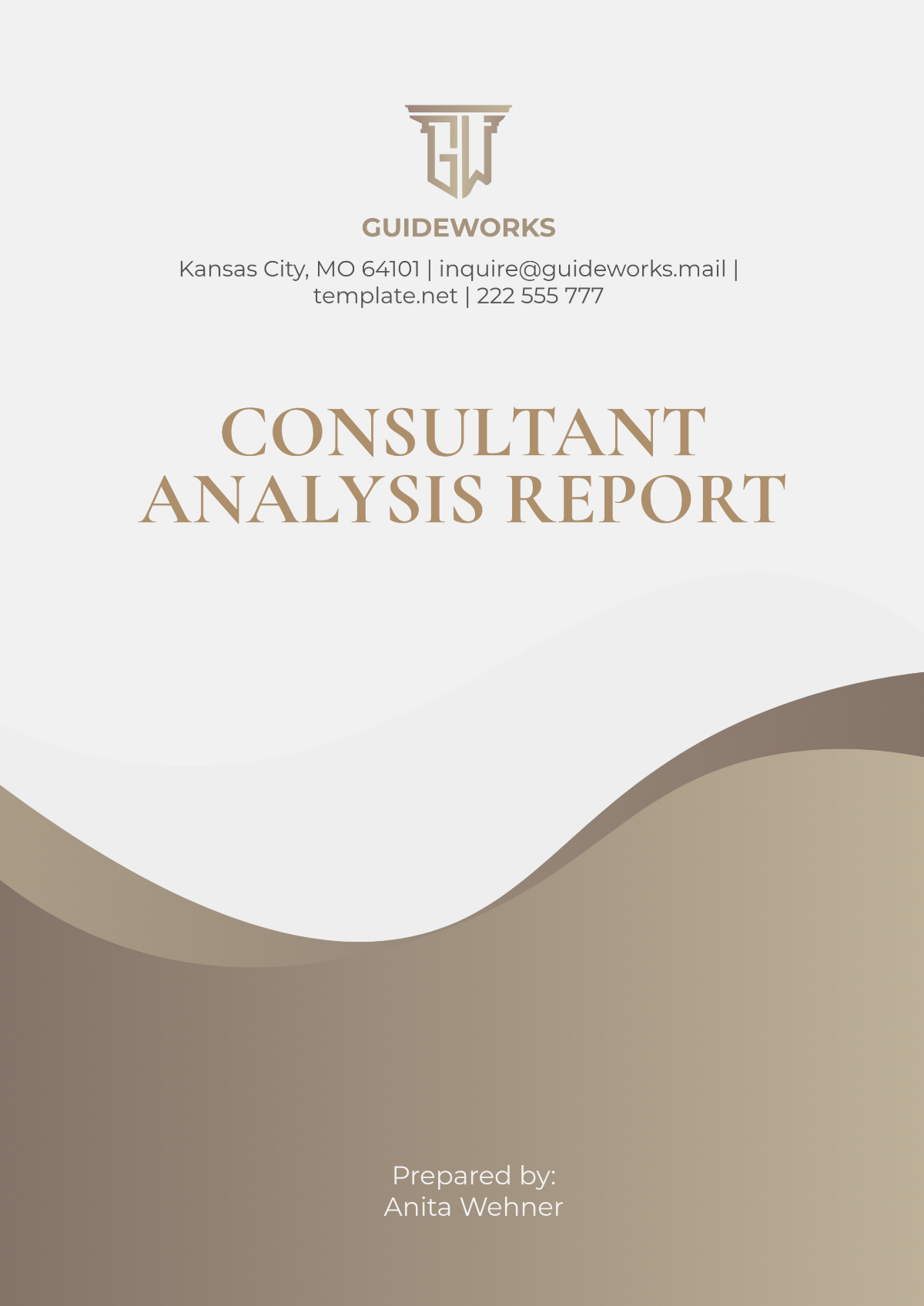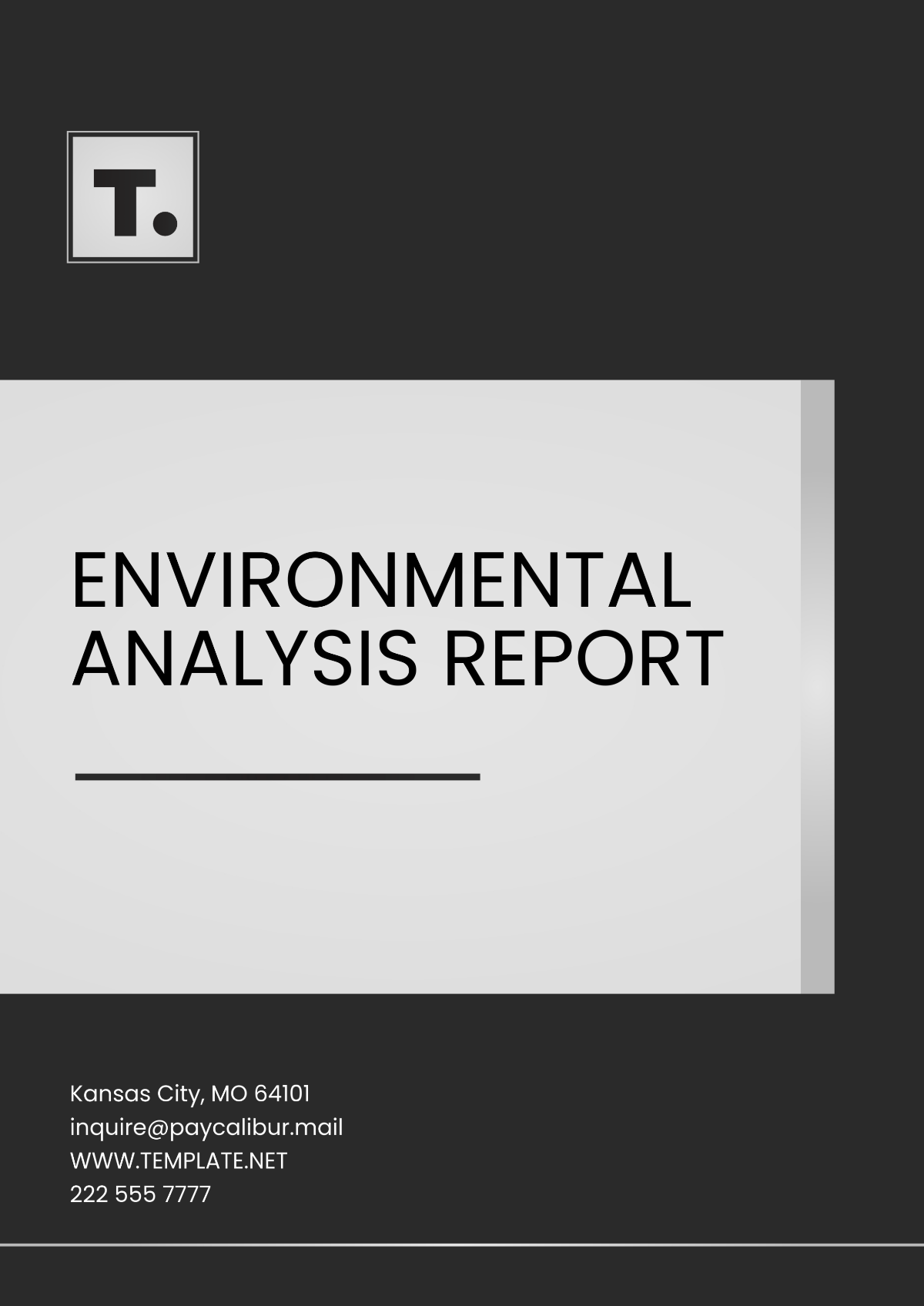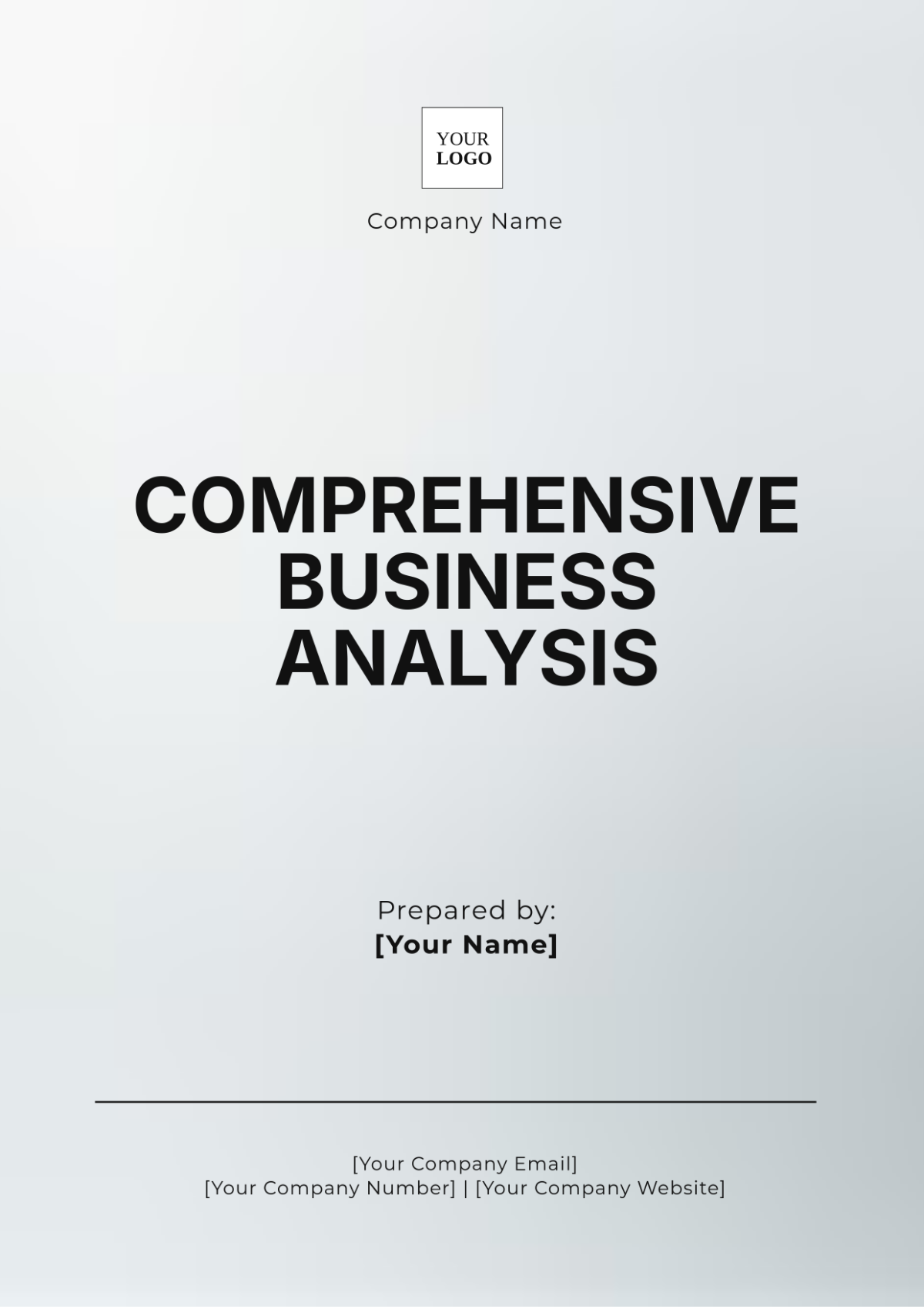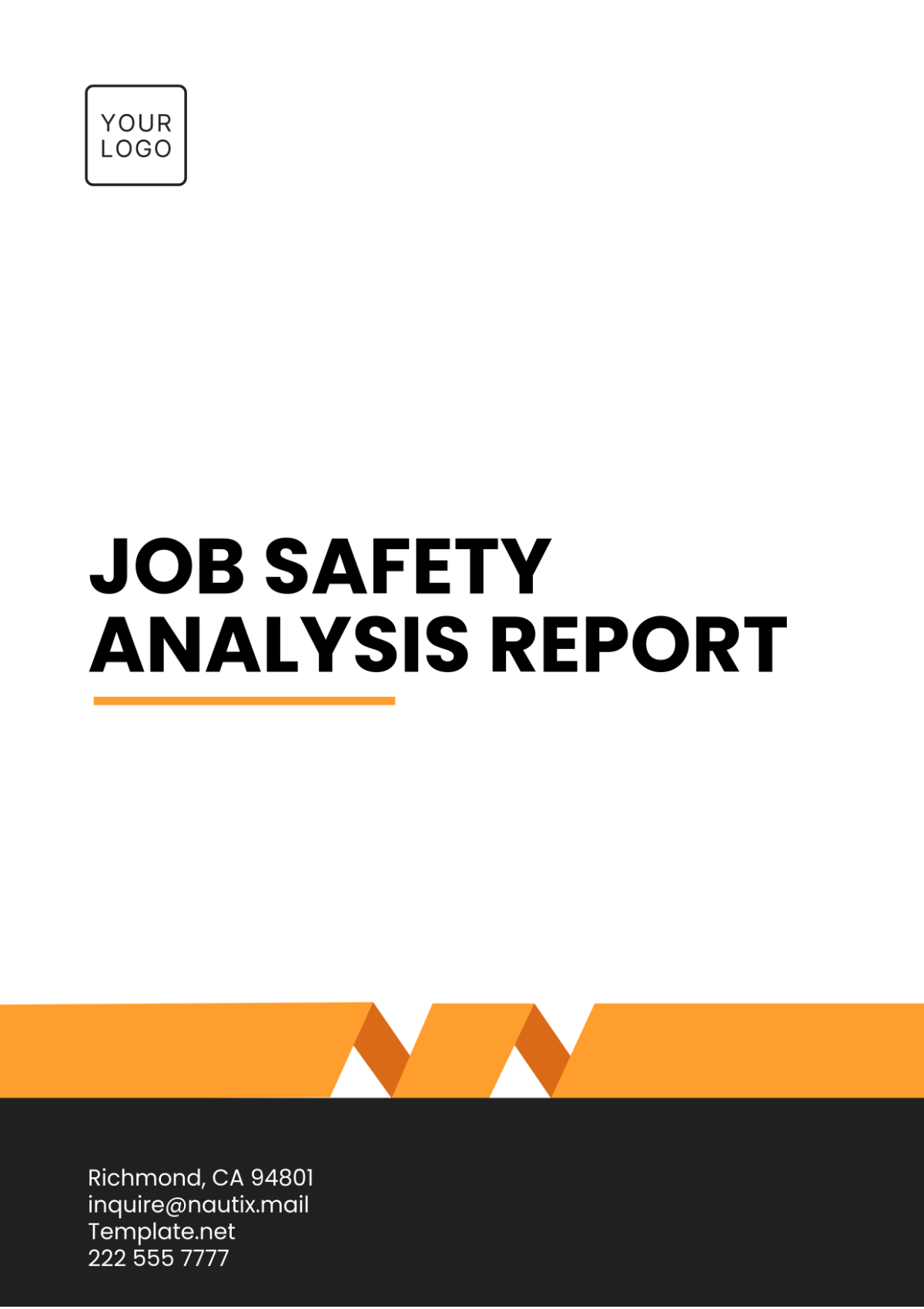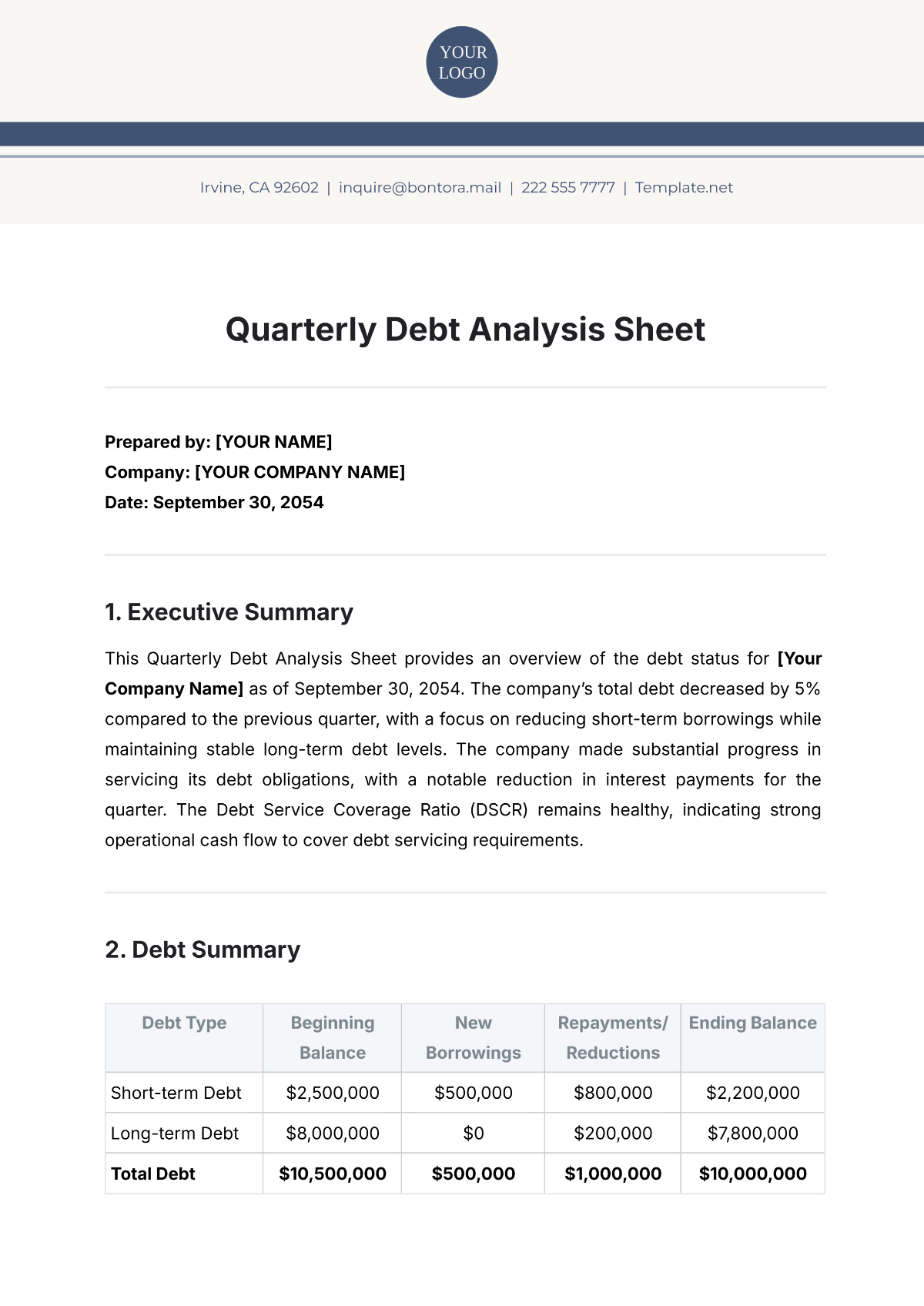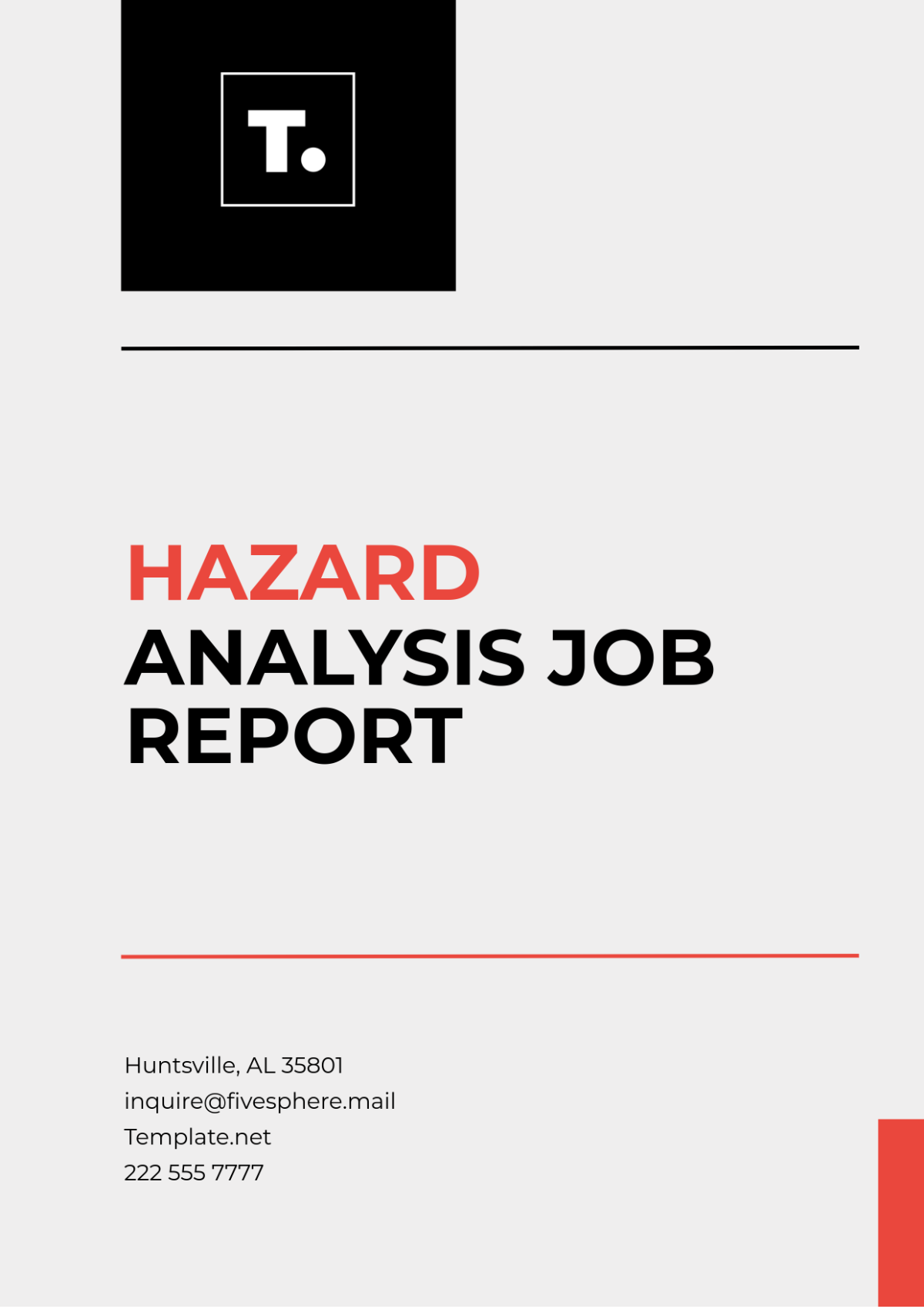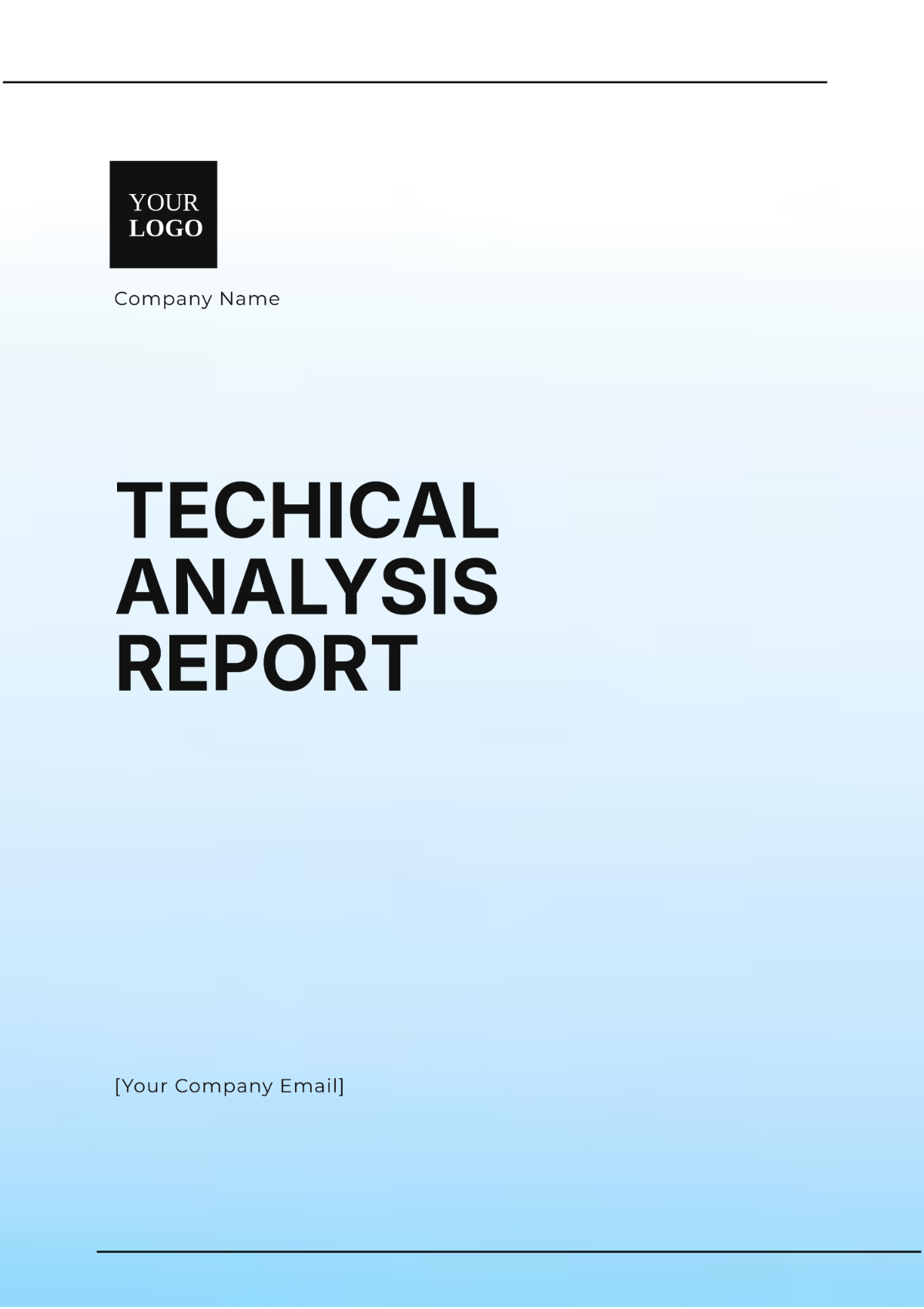Gym Safety Analysis
I. Introduction
A. Purpose of the Analysis
Assess Safety Standards: The primary purpose of this analysis is to assess the current safety standards of [Your Company Name]. This assessment is crucial to ensure a safe environment for students and staff.
Identify Potential Hazards: The analysis aims to identify potential hazards that could pose risks. Recognizing these hazards allows for prompt and effective mitigation.
Enhance Safety Protocols: Another purpose is to enhance existing safety protocols. Improved protocols contribute to reducing the likelihood of accidents and injuries.
Promote Health and Safety Awareness: The analysis seeks to promote awareness of health and safety among gym users. Awareness is key to fostering a culture of safety within the gym community.
B. Scope of the Analysis
Comprehensive Review: The analysis covers all areas of the gym, including equipment, facilities, and emergency procedures. A comprehensive review ensures no aspect is overlooked.
Inspection Period: Conducted over a two-week period, the analysis allows for a detailed examination. Sufficient time is allocated to ensure thorough findings.
Focus Areas: The focus areas include gym equipment, flooring, sanitation, emergency preparedness, and staff training. Targeting these areas ensures a holistic approach to safety.
Inspection Team: A team of safety experts conducted the analysis, bringing specialized knowledge to the assessment. Their expertise ensures accuracy and reliability in the findings.
C. Methodology
Visual Inspections: Visual inspections were performed to identify visible safety hazards. This method helps detect obvious issues that require immediate attention.
Interviews: Gym staff and users were interviewed to gain insights into safety practices and concerns. These interviews provide valuable perspectives on day-to-day safety.
Document Review: Safety logs, maintenance records, and compliance certificates were reviewed. Reviewing these documents verifies that all safety measures are documented and up-to-date.
Testing: Gym equipment and safety systems were tested to ensure functionality. Regular testing confirms that all safety features are operational.
II. Equipment Safety
A. Equipment Condition
The following table outlines the current condition of gym equipment:
Equipment | Condition |
|---|---|
Treadmills | Good |
Weight Machines | Fair |
Free Weights | Excellent |
Exercise Bikes | Good |
Treadmills: The treadmills are in good condition, with regular maintenance checks ensuring their functionality. Proper maintenance is crucial to prevent accidents due to mechanical failures.
Weight Machines: The weight machines are in fair condition, indicating some wear and tear. Regular inspections and timely repairs are necessary to maintain safety standards.
Free Weights: The free weights are in excellent condition, with no signs of damage. Proper storage and handling practices contribute to their longevity and safety.
Exercise Bikes: The exercise bikes are in good condition, with occasional minor repairs needed. Regular maintenance ensures they remain safe and functional.
Ensuring that gym equipment is in good condition is essential for preventing accidents and injuries. Regular maintenance and prompt repairs are key to maintaining high safety standards.
B. Maintenance and Inspections
Routine Inspections: Regular inspections are conducted to identify any potential issues with gym equipment. These inspections help prevent equipment failure and accidents.
Maintenance Logs: Detailed maintenance logs are kept to track all repairs and servicing. Keeping accurate logs ensures that maintenance schedules are followed and issues are promptly addressed.
User Feedback: Feedback from gym users is encouraged to identify any equipment problems. User feedback provides valuable insights into the real-time condition of the equipment.
Training for Staff: Staff are trained to conduct basic inspections and maintenance. Proper training ensures that minor issues can be addressed promptly, reducing the risk of accidents.
Proper maintenance and regular inspections are crucial for ensuring the safety and functionality of gym equipment. Encouraging user feedback and training staff to handle minor issues further enhance safety.
III. Flooring and Facility Conditions
A. Flooring
The following table details the condition of the gym flooring:
Area | Condition |
|---|---|
Main Workout Area | Excellent |
Locker Rooms | Good |
Showers | Fair |
Pool Area | Good |
Main Workout Area: The flooring in the main workout area is in excellent condition, providing a safe and stable surface for exercises. Regular cleaning and maintenance contribute to its good condition.
Locker Rooms: The flooring in the locker rooms is in good condition, with minor wear and tear. Regular maintenance is necessary to address any potential hazards.
Showers: The flooring in the shower area is in fair condition, with some areas showing signs of deterioration. Immediate attention is required to prevent slip and fall accidents.
Pool Area: The flooring around the pool is in good condition, with regular maintenance ensuring safety. Non-slip surfaces are particularly important in this area to prevent accidents.
Maintaining high standards for gym flooring is essential for preventing accidents and ensuring user safety. Regular maintenance and prompt repairs are necessary to address any issues.
B. Facility Cleanliness
Daily Cleaning: Daily cleaning schedules are followed to maintain hygiene in all areas of the gym. Regular cleaning is crucial for preventing the spread of germs and maintaining a safe environment.
Sanitation Stations: Sanitation stations with hand sanitizers and disinfectant wipes are available throughout the gym. These stations encourage users to maintain hygiene and reduce the risk of infections.
Waste Management: Proper waste management practices are in place to keep the facility clean. Regular removal of trash and proper disposal methods are essential for maintaining hygiene.
Air Quality: Air quality is monitored to ensure proper ventilation and reduce the risk of respiratory issues. Good air quality is important for the health and comfort of gym users.
Maintaining cleanliness in the gym is critical for preventing the spread of infections and ensuring a safe environment. Regular cleaning, proper waste management, and good air quality are key components of a clean facility.
IV. Emergency Preparedness
A. Emergency Equipment
The following table outlines the status of emergency equipment in the gym:
Equipment | Status |
|---|---|
Fire Extinguishers | Fully Functional |
First Aid Kits | Fully Stocked |
Emergency Exits | Clear and Marked |
AED (Automated External Defibrillator) | Fully Functional |
Fire Extinguishers: All fire extinguishers are fully functional and regularly inspected. Having functional fire extinguishers is crucial for responding to fire emergencies promptly.
First Aid Kits: First aid kits are fully stocked and accessible in multiple locations. These kits are essential for providing immediate medical assistance in case of injuries.
Emergency Exits: All emergency exits are clear, well-marked, and easily accessible. Clear and marked exits are vital for safe evacuation during emergencies.
AED: The AED is fully functional and regularly tested. Having an AED on-site is critical for responding to cardiac emergencies effectively.
Ensuring that emergency equipment is functional and accessible is crucial for effective emergency response. Regular inspections and proper maintenance of this equipment are essential for maintaining safety.
B. Emergency Procedures
Evacuation Drills: Regular evacuation drills are conducted to familiarize staff and users with emergency procedures. These drills are essential for ensuring preparedness.
Emergency Plans: Detailed emergency plans are displayed in the gym and provided to staff. Clear plans help guide actions during emergencies.
Staff Training: Staff are trained in emergency response, including the use of emergency equipment. Proper training ensures that staff can act quickly and effectively.
Communication Systems: Reliable communication systems are in place to coordinate emergency response efforts. Effective communication is crucial during emergencies.
Having well-defined emergency procedures and conducting regular drills are essential for ensuring preparedness. Training staff and having clear communication systems further enhance emergency response capabilities.
V. Staff Training and Compliance
A. Safety Training Programs
The following chart and table detail the safety training programs provided to [Your Company Name]'s staff and the completion rate:
Training Program | Completion Rate |
|---|---|
Equipment Safety | 100% |
First Aid | 95% |
Fire Safety | 98% |
Emergency Response | 100% |
Equipment Safety: All staff have completed equipment safety training, ensuring they know how to use and maintain gym equipment safely. This training is crucial for preventing accidents and ensuring proper equipment handling.
First Aid: Most staff have completed first aid training, equipping them with the skills to handle medical emergencies. Regular refreshers ensure that their skills remain current and effective.
Fire Safety: Nearly all staff have completed fire safety training, preparing them to respond to fire emergencies. This training includes the use of fire extinguishers and evacuation procedures.
Emergency Response: All staff have completed emergency response training, ensuring they can act quickly and effectively in various emergency situations. This training is essential for maintaining safety in the gym.
Providing comprehensive safety training for staff is essential for ensuring their preparedness and ability to maintain a safe environment. Regular training sessions and updates help keep their skills current.
B. Compliance Monitoring
Regular Audits: Regular audits are conducted to monitor compliance with safety protocols. These audits help identify areas for improvement and ensure adherence to standards.
Incident Reporting: A system for reporting and addressing safety incidents is in place. Prompt reporting and resolution of incidents are crucial for maintaining a safe environment.
Performance Reviews: Staff performance reviews include assessments of compliance with safety protocols. Evaluating compliance helps reinforce the importance of safety practices.
Feedback Mechanism: A feedback mechanism allows staff to report safety concerns and suggest improvements. Encouraging feedback fosters a culture of safety and continuous improvement.
Monitoring compliance with safety protocols is essential for maintaining high standards and ensuring a safe environment. Regular audits and feedback help identify and address any issues promptly.
VI. Sanitation and Hygiene
A. Sanitation Measures
The following table outlines the sanitation measures implemented in the gym:
Measure | Implementation Status |
|---|---|
Regular Cleaning | Fully Implemented |
Disinfecting High-Touch Areas | Fully Implemented |
Hand Sanitizer Stations | Fully Stocked |
Waste Disposal | Properly Managed |
Regular Cleaning: Regular cleaning schedules are followed to maintain hygiene in all areas of the gym. Consistent cleaning is essential for preventing the spread of germs and maintaining a safe environment.
Disinfecting High-Touch Areas: High-touch areas are regularly disinfected to reduce the risk of infection. Effective disinfection practices are crucial for health and safety.
Hand Sanitizer Stations: Hand sanitizer stations are fully stocked and placed throughout the gym. These stations encourage users to maintain hygiene and reduce the risk of infections.
Waste Disposal: Proper waste disposal procedures are in place, ensuring regular removal of trash and use of appropriate waste containers. Effective waste management is vital for hygiene.
Implementing comprehensive sanitation measures is critical for maintaining a healthy and safe environment. Regular cleaning, disinfection, and proper waste management help prevent the spread of infectious diseases.
B. Health and Hygiene Protocols
Health Screening: Health screening procedures are in place to monitor the health of gym users. Regular screening helps identify potential health issues early.
Personal Hygiene: Users are encouraged to maintain personal hygiene, including handwashing and using personal towels. Good personal hygiene practices reduce the risk of infections.
Sanitation Supplies: Adequate supplies of cleaning and sanitation products are maintained. Ensuring availability of these supplies is crucial for maintaining hygiene.
Education and Awareness: Educational materials on health and hygiene are provided to users. Promoting awareness helps foster a culture of cleanliness and safety.
Maintaining high standards of health and hygiene is essential for ensuring the well-being of gym users. Regular health screenings, personal hygiene practices, and education contribute to a safe and healthy environment.
VII. Accessibility and Inclusivity
A. Facility Accessibility
The following table details the accessibility features of the gym:
Feature | Availability |
|---|---|
Ramps and Elevators | Fully Available |
Accessible Restrooms | Fully Available |
Adaptive Equipment | Partially Available |
Braille Signage | Fully Available |
Ramps and Elevators: Ramps and elevators are fully available, ensuring that all areas of the gym are accessible to individuals with mobility impairments. Accessibility features are essential for inclusivity.
Accessible Restrooms: Accessible restrooms are fully available, providing necessary facilities for individuals with disabilities. Maintaining these restrooms in good condition is crucial for user comfort and accessibility.
Adaptive Equipment: Adaptive equipment is partially available, indicating that some areas need improvement. Ensuring the availability of adaptive equipment enhances inclusivity.
Braille Signage: Braille signage is fully available, assisting visually impaired individuals in navigating the gym. Clear signage is important for accessibility and safety.
Ensuring accessibility and inclusivity in the gym is essential for accommodating all users. Regular assessments and improvements help maintain high standards of accessibility.
B. Inclusivity Measures
Inclusive Programs: Inclusive programs and classes are offered to cater to individuals of all abilities. Providing diverse programs ensures that everyone can participate.
Staff Training: Staff are trained in accessibility and inclusivity practices. Proper training ensures that staff can assist all users effectively.
Feedback Mechanism: A feedback mechanism is in place to gather suggestions on improving accessibility. Encouraging feedback helps identify areas for improvement.
Community Engagement: Engaging with the community to understand their needs and preferences. Community engagement helps tailor the gym's services to meet diverse needs.
Promoting accessibility and inclusivity in the gym ensures that all users feel welcome and accommodated. Regular assessments and improvements help maintain high standards of accessibility and inclusivity.
VIII. Recommendations
A. Addressing Identified Hazards
Equipment Repairs: Immediate repairs are required for weight machines showing signs of wear and tear. Ensuring equipment is in good condition is crucial for user safety.
Flooring Maintenance: Address flooring issues in the shower area to prevent slip and fall accidents. Regular maintenance ensures safe and stable surfaces.
Emergency Equipment Checks: Conduct regular checks and maintenance of emergency equipment to ensure functionality. Reliable emergency equipment is essential for effective response.
Sanitation Enhancements: Enhance sanitation measures, especially in high-traffic areas, to maintain hygiene. Consistent cleaning and disinfection are vital for health and safety.
B. Enhancing Training and Compliance
Advanced Training Modules: Introduce advanced training modules for staff to enhance their skills and preparedness. Continuous education ensures staff remain knowledgeable and compliant.
Refresher Courses: Schedule regular refresher courses to keep staff updated on safety protocols. Continuous education ensures that staff remain knowledgeable and compliant.
Cross-Training: Implement cross-training programs to ensure staff can handle multiple safety roles. Cross-training increases flexibility and preparedness.
External Certifications: Encourage staff to obtain external safety certifications. These certifications can enhance their expertise and credibility.
C. Improving Accessibility
Adaptive Equipment: Increase the availability of adaptive equipment to cater to users with diverse needs. Ensuring the availability of adaptive equipment enhances inclusivity.
Accessibility Audits: Conduct regular accessibility audits to identify and address any barriers. Regular assessments help maintain high standards of accessibility.
User Feedback: Actively seek feedback from users to improve accessibility features and services. User feedback provides valuable insights into areas for improvement.
Inclusive Programming: Expand inclusive programming to ensure all users can participate in gym activities. Providing diverse programs ensures that everyone can participate.
IX. Conclusion
Ensuring the safety and accessibility at [Your Company Name] is of utmost importance. This analysis has highlighted key areas of concern and provided recommendations to enhance safety protocols and improve inclusivity. Regular inspections, comprehensive training, and continuous improvement are essential for maintaining a safe and welcoming environment.
By addressing identified hazards and implementing the recommended improvements, [Your Company Name] can ensure that it remains a safe and inclusive space for all users. The ongoing commitment to safety and inclusivity will contribute to a positive experience for members and staff, fostering a culture of health and well-being.








